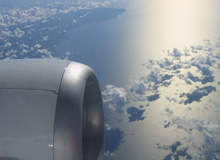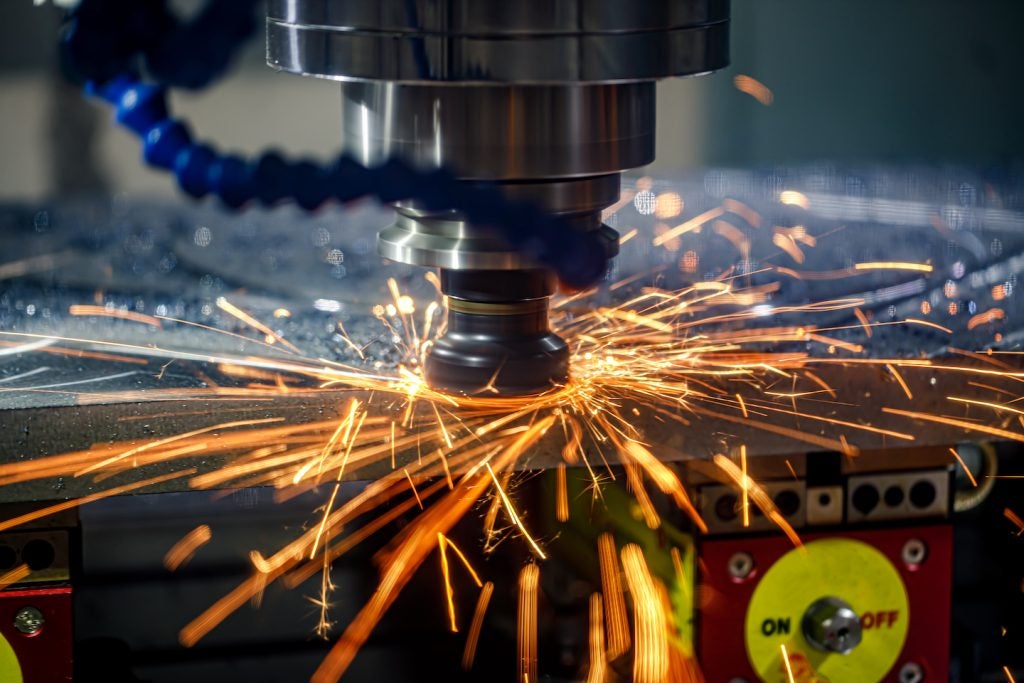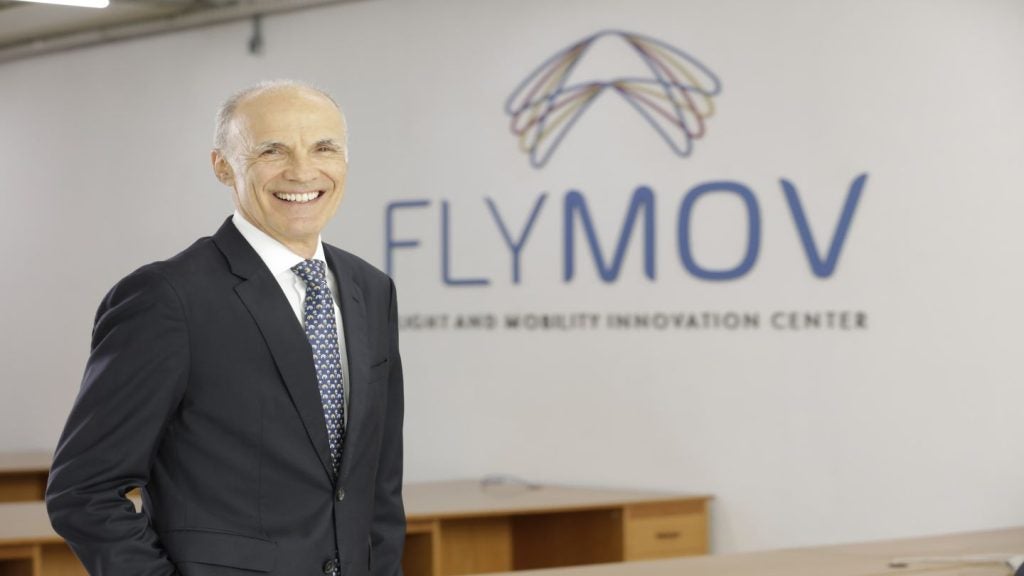
Future Airport: Where does Europe stand in relation to the rest of the world?
Ulrich Schulte-Strathaus: The status quo is anti-European because it's inefficient, anti-consumer because of the delays as a result of inefficiencies, and anti-environment because of the superfluous and unnecessary CO2 emissions that are emitted as a result. And it's anti-industry because we are spending €3 billion unnecessarily as a result of the inefficiencies.
The industry, the environment, and ultimately the consumers, can benefit from the Single European Sky.
FA: Are we moving in the right direction?
US: It's more of a political commitment than it is a technological one. Yes we have the SESAR programme but I don't think it's an integral element of SES. Without NextGen or other technological systems, SES will not be possible. The restructuring of the skies into functional blocks of airspace needs to have an organisation of agencies to implement SES.
See Also:
EASA (the European Aviation Safety Agency) and EUROCONTROL are two agencies dedicated to the task of implementing this. This will result in an integrated approach to safety in Europe, which means closer integrations of the ground and airport systems. So it's not only a question of what the organisation should attribute to safety but any ATM and aerodrome safety regulations that they would also be responsible for.
How well do you really know your competitors?
Access the most comprehensive Company Profiles on the market, powered by GlobalData. Save hours of research. Gain competitive edge.

Thank you!
Your download email will arrive shortly
Not ready to buy yet? Download a free sample
We are confident about the unique quality of our Company Profiles. However, we want you to make the most beneficial decision for your business, so we offer a free sample that you can download by submitting the below form
By GlobalDataFA: What's the next crucial step?
US: We are making several moves. There was a conference in Bordeaux in November 2008, under the French EU presidency, where member states are committed to implementing, by 2012 at the latest, a functional block of airspace (FAB) bringing together the airspaces of France, Germany, Benelux and Switzerland.
This would be the major restructuring of one of the key airspaces of Europe, with eight other functional blocks to be implemented.The key priority here is to get political commitment so that they don't just talk about a Single European Sky, but act in terms of Europe rather than a national aerospace management company. I think that now this key project is politically endorsed it will gain momentum and be finished by 2012.
In addition to, and complementing that, we need a performance-setting mechanism so we don't replace the current fragmented system of 41 different systems with nine that are still fragmented.
We need a way to make sure that these FABs will be managed cost efficiently, thereby gradually reducing the cost for the operators involved. Creating a central economic performance target mechanism to which these ANSPs will be bound is also a key factor.







